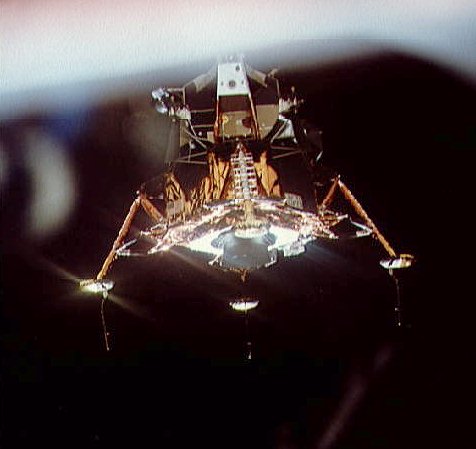 An article reports that scientists have mapped a first draft of the Neanderthal genome.
An article reports that scientists have mapped a first draft of the Neanderthal genome.
Highlights of the article:
Researchers used DNA fragments extracted from three Croatian fossils to map out more than 60 percent of the entire Neanderthal genome by sequencing three billion bases of DNA.
The analysis showed it is highly unlikely that much interbreeding occurred as there was “very little, if any” Neanderthal contribution to the human gene pool, said lead researcher Svante Paabo of the Max Planck Institute.
But it also revealed that our Neanderthal cousins may have been closer to us than we thought: they share a gene which plays a key function in speech and language.
I notice that no matter what they find out about Neanderthals, that it is continually stressed that Homo Sapiens are somehow much much better. I’ll grant that we’re different. I’ll even grant that our genetic makeup is different enough that there may have been little interbreeding. But that only means that they differ from us, not that we’re better, or they’re less because of it.
After all, it’s believed that we shared a common ancestor about 300,000 years ago. And, lets face it, genetically we’re not really all that different.
Look at the picture. If we put a tanned modern man next to him in the same clothing and with the same spear — would they really be that much difference between them other than the forehead?
We, as a species, are reaching out to the stars hoping to meet other sentient species out there. But what would we do if we had a first contact with another species? I don’t think we’d do very well, personally. Here on earth every time we find that a species meets our criteria for sentience, we change the criteria rather than admit that the species just might be intelligent. If we met aliens and they didn’t look like us would we just figure they were the intelligent species equivalent of a bird in a mining cave and ignore it, or try to kill it? I don’t know.
Watching my species over the last few decades, I have my doubts about our ability to logically think, find solutions to problems without resorting to violence, or even to act together for the good of our planet rather than the bottom line of a corporate spreadsheet. So, my opinion of our ability to actually make first contact and to correctly assess the intent or intelligence of the alien species — is not very high at the moment.
However, I’m excited by the new information that geneticists are making in finding our how our and other species genomes are put together and how they work.
 It was 40 years ago today that man landed on the Moon. We did it. We wanted to get there before the Russians and put all the energy and enthusiasm into getting a man on the moon first our priority. I remember that day, watching TV and holding my breath as the craft began its decent. It was a momentous event. One that would make the history books.
It was 40 years ago today that man landed on the Moon. We did it. We wanted to get there before the Russians and put all the energy and enthusiasm into getting a man on the moon first our priority. I remember that day, watching TV and holding my breath as the craft began its decent. It was a momentous event. One that would make the history books.


